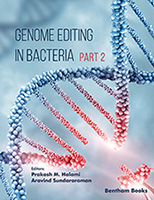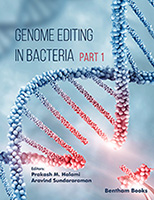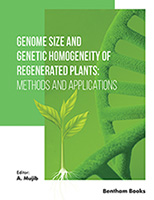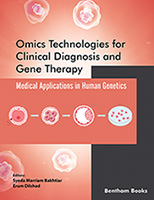One hundred years ago, 1911, Peyton Rous discovered a “filterable agent”, Rous Sarcoma Virus, to be the cause of wing-web tumors in chickens on a local farm in New York State. That viruses could cause cancer was unaccepted by the scientific establishment, largely because the epidemiology of cancer was inconsistent with that of known viruses, such as influenza. It was not until the mid 1930’s, when Richard Shope demonstrated that the warts on the plantar surface of rabbit feet were caused by a virus, and together with Peyton Rous, demonstrated that the papilloma virus could also induce malignant tumors, that there was an initial acceptance of a virus etiology of cancer. There ensued a global hunt for viruses that cause cancer in mammals, a quest that has been largely unsuccessful. There remains the biological puzzle: why would viruses cause leukemias and sarcomas in chickens, but not in humans?
Fifty years after its discovery, Howard Temin reported another characteristic of Rous Sarcoma Virus that would rock the scientific community: its replication required an enzymatic step that made a DNA copy of its RNA genome. The concept of DNA to RNA to Protein as a “central dogma of biology” had been widely accepted, and the notion that information could flow from RNA to DNA was unaccepted by the scientific establishment, and not in keeping with Mendelian genetics. Like Peyton Rous, Howard Temin’s work was discredited and difficult to get published.
This one avian virus had rocked several basic tenets of biomedicine: that cancer could be caused by an infectious agent, that information could flow in both directions between DNA and RNA, that there were major species-specific differences in disease causation, and, finally, that the oncogenic nature of the virus was due to its incorporation and slight mutation of a normal gene, Src, encoding a protein kinase important to cell division.
In 1971, sixty years after the discovery of the virus, Temin hypothesized that information flow from messenger RNA to DNA provided a mechanism for short-term amplification of gene sequences, perhaps fundamentally important to embryonic development; this hypothesis remains largely untested. The same year, Ben Brackett, in the laboratory of Hilary Kiprowski, demonstrated the uptake of Simian Virus 40 DNA into rabbit sperm heads, and the delivery to rabbit ova at fertilization.
In 1989, apparently unaware of the 1971 report by Brackett, Spadafora and colleagues described the uptake of exogenous DNA by mouse sperm, and the generation of transgenic pups; and Arezzo reported DNA uptake by three species of sea urchins and the generation of transgenic sea urchin embryos expressing the reporter gene contained in the exogenous DNA. At least two large U.S. laboratories rushed to repeat the mouse work in an effort to more easily create transgenic mice, but because their efforts were unsuccessful and widely reported, the scientific community did not embrace this new phenomenon of “sperm mediated gene transfer,” SMGT.
Now, however, forty years after the original observation in rabbit ova, SMGT has become an increasingly important tool, as reported in this eBook, whose chapters are rich with new, species-specific approaches to SMGT, and new animal husbandry and biomedical applications. And to add to the consternation of the scientific community, there is now ample evidence for an endogenous reverse transcriptase in sperm that plays a fundamentally important role in SMGT, including genetic information reverse transcribed from exogenous RNAs taken up by sperm, “sperm mediated reverse gene transfer,” SMRGT.
The problem for the scientific establishment is “What does this mean?” Is there another form of inheritance, distinct from Mendelian genetics? There is evidence to support this notion. And was Temin correct, that reverse transcription plays a fundamentally important role in early embryonic development, perhaps beginning with fertilization? There is also mounting evidence to support this notion. Could an individual’s disease propensity be established at fertilization by exogenous RNAs or DNAs encountered by the sperm in its journey to the egg?
What would be the advantage to an organism incorporating exogenous RNA or DNA, perhaps pathogenic, into a fertilized egg? Although HIV appears to be a new human pathogen, it is now clear that human cells have an innate defense against reverse transcription, the APOBEC3G family of cytidine deaminases. Hence, robust defense mechanisms to protect the integrity of the genome itself are probably operational, especially in the egg, throughout nature. But replicating extra-chromosomal RNAs and DNAs may also be a routine cell function, challenging again the central dogma of DNA to RNA to protein.
Sperm Mediated Gene Transfer: Concepts and Controversies includes essential background information for newcomers to the field, summarizes the work accomplished, and heralds the work to be done -- to begin to understand and fully employ the transfer of exogenous genetic information at fertilization. Peyton Rous and Howard Temin would be fascinated by the following chapters.
Ann A. Kiessling, PhD
Harvard Medical School,
Bedford Research Foundation,
USA





